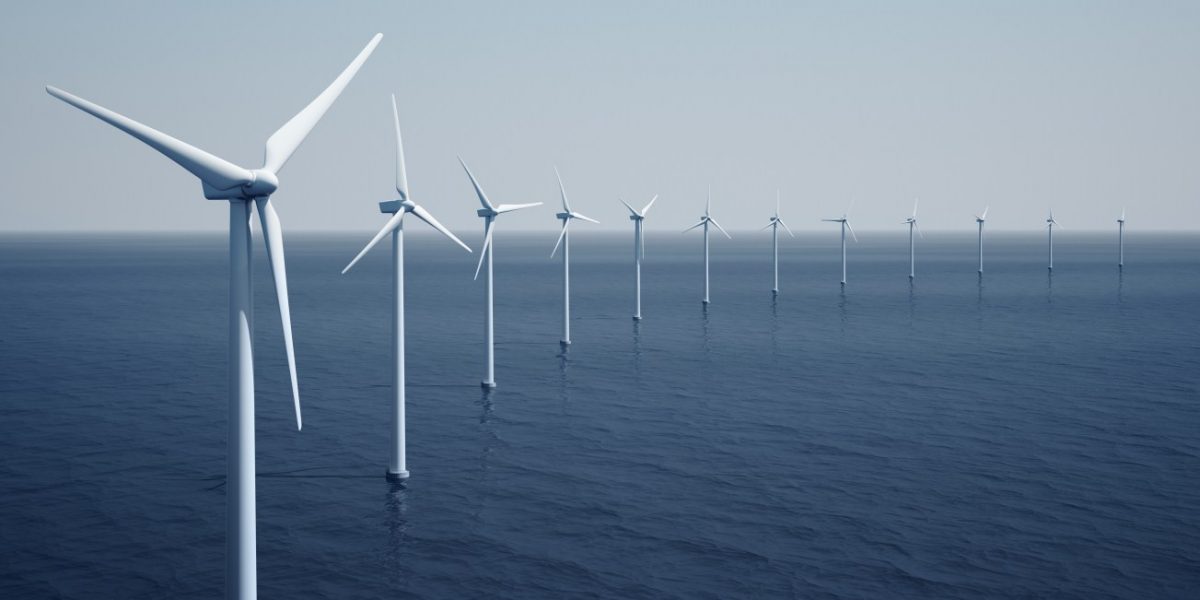
Background
The German Federal Parliament (Bunderstag) has authorized the modification of the grid connection for offshore test areas, thus allowing their developments. The National Test Field Offshore Wind Energy (NaT-Off) project, lasting 4 years (March 2019 – February 2023), and funded by the Federal Ministry of Economy and Energy (BMWi), should allow at the first german offshore test site to start in 2023.
This development is part of the amendment of Grid Expansion Acceleration Act (NABEG,Netzausbaubeschleunigungsgesetz). It will allow the development of offshore test areas. Thus, an offshore test area should be installed 10 km off the coast of Mecklenburg-Western Pomerania in the Baltic Sea, a Land located in the North of the country. It will occupy about 13 km2 at sea, in an area where the depth of the seabed varies between 16 and 21 meters. What’s more, the annual average wind speed at a height of 100 meters is around 9 m/s (+/- 0.5 m/s), which is roughly 32 km/h. These are the main characteristics of this test site, and they will allow to study in real conditions offshore technologies and innovative offshore components.
This first site would be large enough to install a dozen offshore wind turbines with capacities of 13 to 15 MW. A twenty meters water depth, its proximity to the coast, the port of Rostock – largest port in Germany on the Baltic Sea – and to major cities are importantassets for wind turbines installations and to and to support the strategy development of the offshore industry of the Port of Rostock.
However, a number of steps have to be undertaken before the establishment of this site, such as the creation of a legal framework for the grid connection, the choice of an operator and the types of innovations that could be tested.
Local companies and research centers will be involved in the project, with the support of the Federal Government, the Mecklenburg-Western Pomerania area and the Offshore Wind Energy Foundation.
Following the amendment of the German Energy Industry Act (Energiewirtschaftsgesetz), these projects must be included in the grid development planning of the Federal Network Agency (Bundesnetzagentur).

